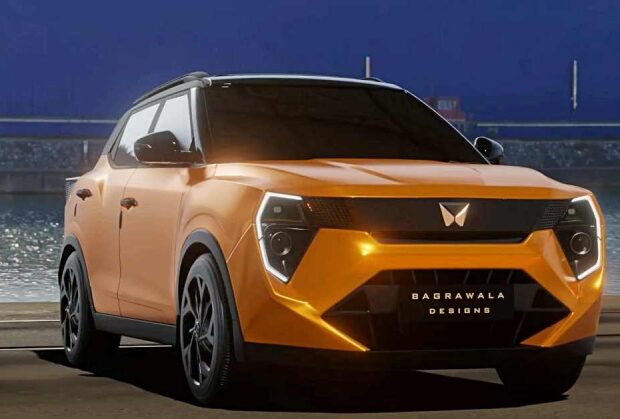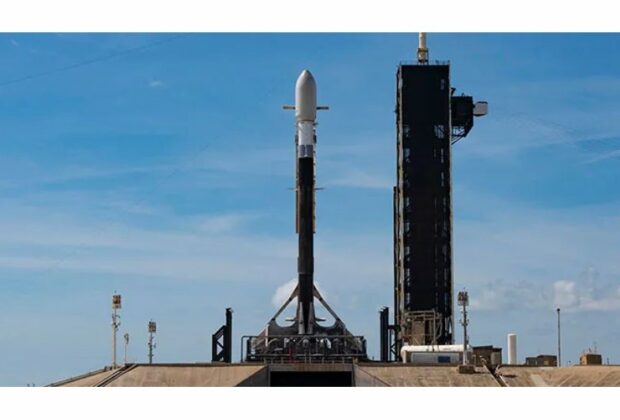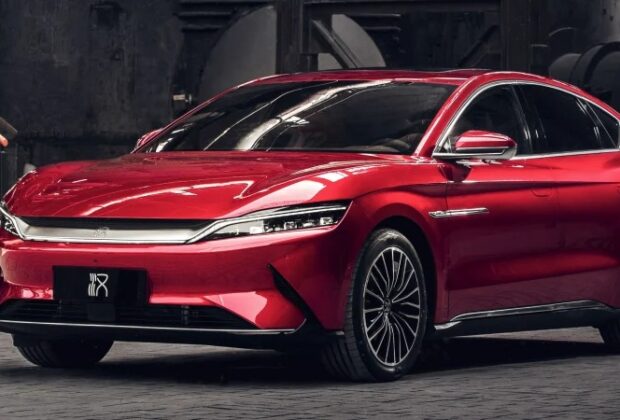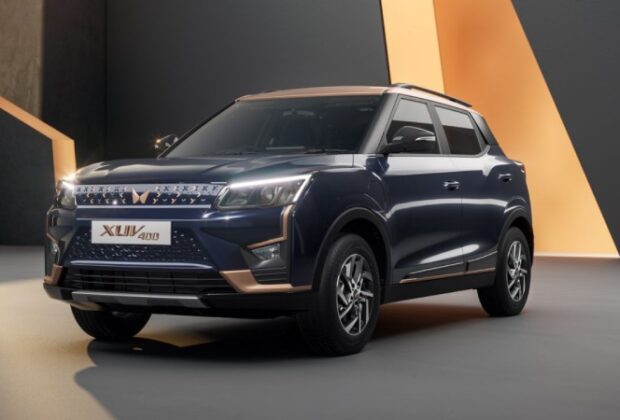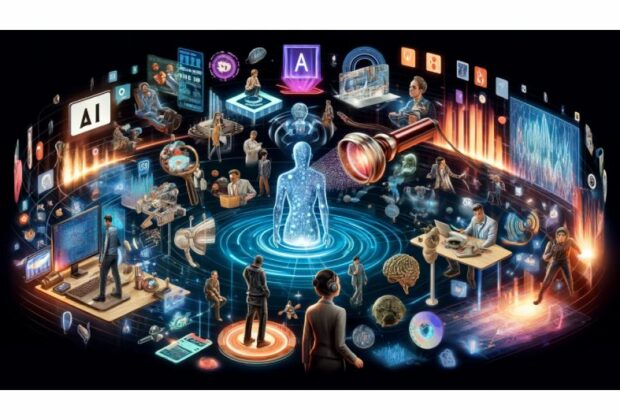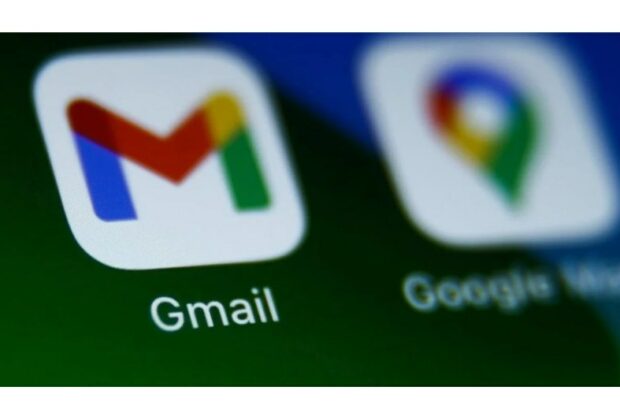Prior to the XUV 3XO’s formal unveiling, Mahindra & Mahindra has been generating excitement about it. The day has finally come, and everything is set up for today’s unveiling of the new SUV. As it will be replacing the outgoing XUV300, it is stated today that this will be a significant model in the brand’s range. In one of the major markets for automobiles in India, this new brand will represent the automaker.
What are the features of Mahindra XUV 3XO?
The operating system AdrenoX will power the XUV 3XO. The teaser indicates that the XUV will receive a new steering wheel, a 7-speaker Harman Kardon audio system, and other upgrades. The vehicle is expected to boast the widest panoramic sunroof in this class.
Mahindra XUV 3XO: Design
The teaser claims that the Mahindra XUV 3XO has a fresh look that is modelled off the brand’s BE line of automobiles. This is demonstrated by a redesigned grille with glossy black components on the front fascia. New housing is also included for the DRLs and LED projector headlamps.
Though the SUV’s side profile is similar to the XUV300’s, the addition of new, sporty-looking alloy wheels gives it a fresh look. The vehicle receives new LED taillights on the back end, along with an LED light bar that spans the width of the vehicle.
Mahindra XUV 3XO: Powertrain
It is anticipated that Mahindra XUV 3XO would come with the same engine choices as XUV300. Thus, we anticipate having a 1.5-liter diesel engine, a 1.2-liter turbocharged petrol engine, and a 1.2-liter turbocharged petrol GDI unit. It is anticipated that the powertrains might provide up to 20.1 km/l of fuel economy.
Read Full Article
